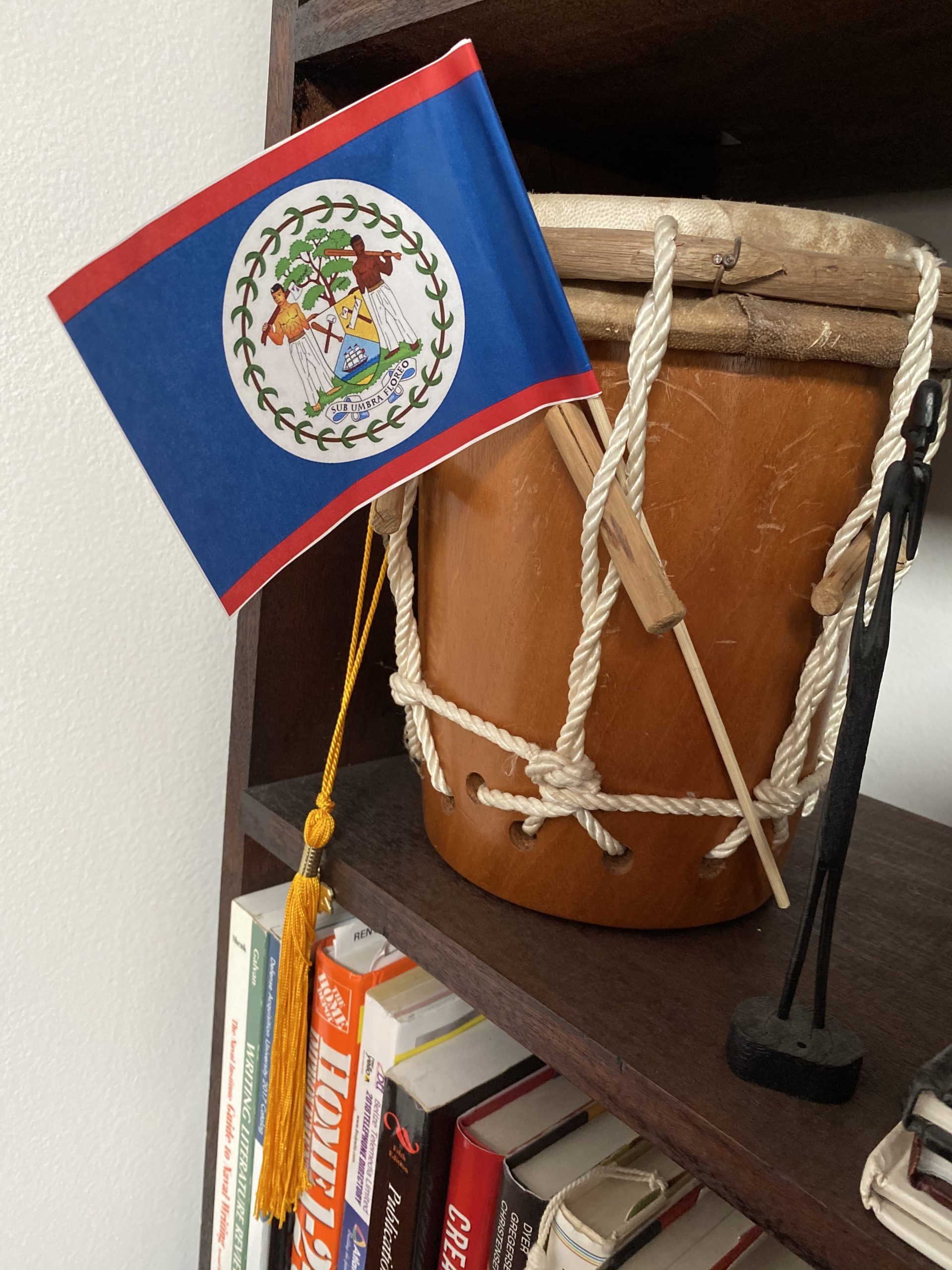Following in his mother’s footsteps, Miranda moved to the states in 1984, eager for life beyond his hometown in Dangriga, Belize. He enrolled in culinary school at the Art Institute of Seattle, splitting his time between here and Belize. After graduating, the entrepreneur was inspired to build a culinary home of his own.
Saraba, in the name, directly translates from Garifuna to “wake up.”
“I want to wake up people’s taste buds,” he said. And for the last decade, Miranda has.
“It puts a smile on my face to hear people say ‘Saraba, Saraba, Saraba.’”
Learning from his great grandmother and his mother in the kitchen, Miranda started cooking at seven years old. As he grew older, cooking and baking became means of survival. After his mother departed to the United States to attend school, Miranda fended for himself. Starting his hustle at an early age, Miranda built a menu for the hungry patrons at his school including panades, Belizean empanadas made with recado-seasoned masa stuffed with fish, and tableta, a sweet treat made with shredded coconut.
One of Guisina Saraba’s signature meals is hudut. This staple in Garifuna cuisine is a geographic coalescence. In Belize, Miranda said he used to make every element from scratch.
With a coconut milk base, lasus as it’s called, seasoned with salt, pepper, cilantro and onions.
Hudut was concocted as a product of the tropical environment that surrounded Garifuna people. Mashed plantains, your preference of ripe or unripe, a whole fish, red snapper caught from the glistening Caribbean Sea, and okra, brought in to the Americas from the Transatlanitc slave trade that brought Garifuna people to the shores of Central America in the first place.
Time is a virtue when cooking hudut. It is typically a dish reserved for special occasions because of the care that goes into it. Back home, Miranda was used to making everything from scratch. From hand picking, shredding and straining coconuts for the coconut milk base to selecting the red snapper fish his grandfather would catch. From making the soup to beating the plantain, it takes about three hours to prepare.
But at Guisina Saraba, every day’s a birthday, a graduation, a holiday.
While he can’t get the ingredients for this homegrown dish from the motherland, he makes sure to source locally at the markets in Downtown early for the highest quality to make his dishes taste like home.
Now, serving these specialized dishes is still a means of making a living, but it’s also a matter of continuing the legacy of Garifuna people not only in Los Angeles, but around the world.
There was some apprehension from his colleagues, Miranda says. Especially given the discrimination Garifuna people face in some parts of Belize, Miranda felt it was necessary to assert his pride for the Garifuna culture.
“I remember where my cousin was telling me like, ‘Man, you gotta start making burgers and fries and all that,” Miranda said. “And I told him ‘Hell no, I’m not making no burgers and fries.’ Imma make our food and I’m gonna stick to our food where we eat back home.”
By staying committed to the plantains and coconuts that raised him, over the last five years, he says he credits his success to L.A. eaters’ imposing curiosity.
“We’re a very indigenous group. And we got to keep the culture passing it on to the young ones. So if they do plan to go to Belize, or Honduras, they’ll know exactly what they’re eating. And, and how to cook the food from scratch,” Miranda said.
For Miranda, Guisina Saraba is not just for the adventurous L.A. foodies: it’s an heirloom. Miranda teaches his daughter, 9, not only how to speak Garifuna, but also how to make the traditional foods.
“We have a very large community, a large Garifuna community here in L.A.” Miranda said. “I really want to… open like a cultural center for Garifuna people. When they can learn how to play the drums, learn how to learn about the clothes, learn about the food, learn about every aspect of the Garifuna culture.”
“And that’s like my number one goal, right is to introduce not even the Garifuna people, but other ethnicities to learn more about the Garifuna culture.”
By sharing the delicious Belizean Garifuna cuisine with Los Angeles, Miranda is cementing a place for his heritage in the city’s memory. And it all starts with the food truck.
